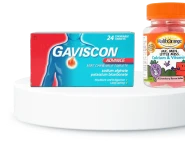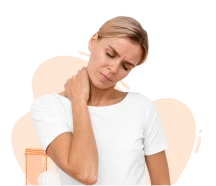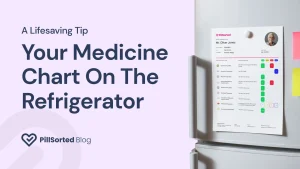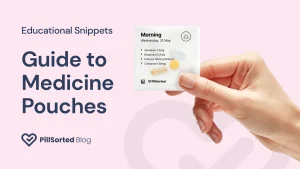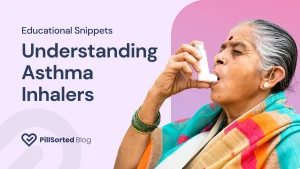What Triggers a Raynaud’s Attack?
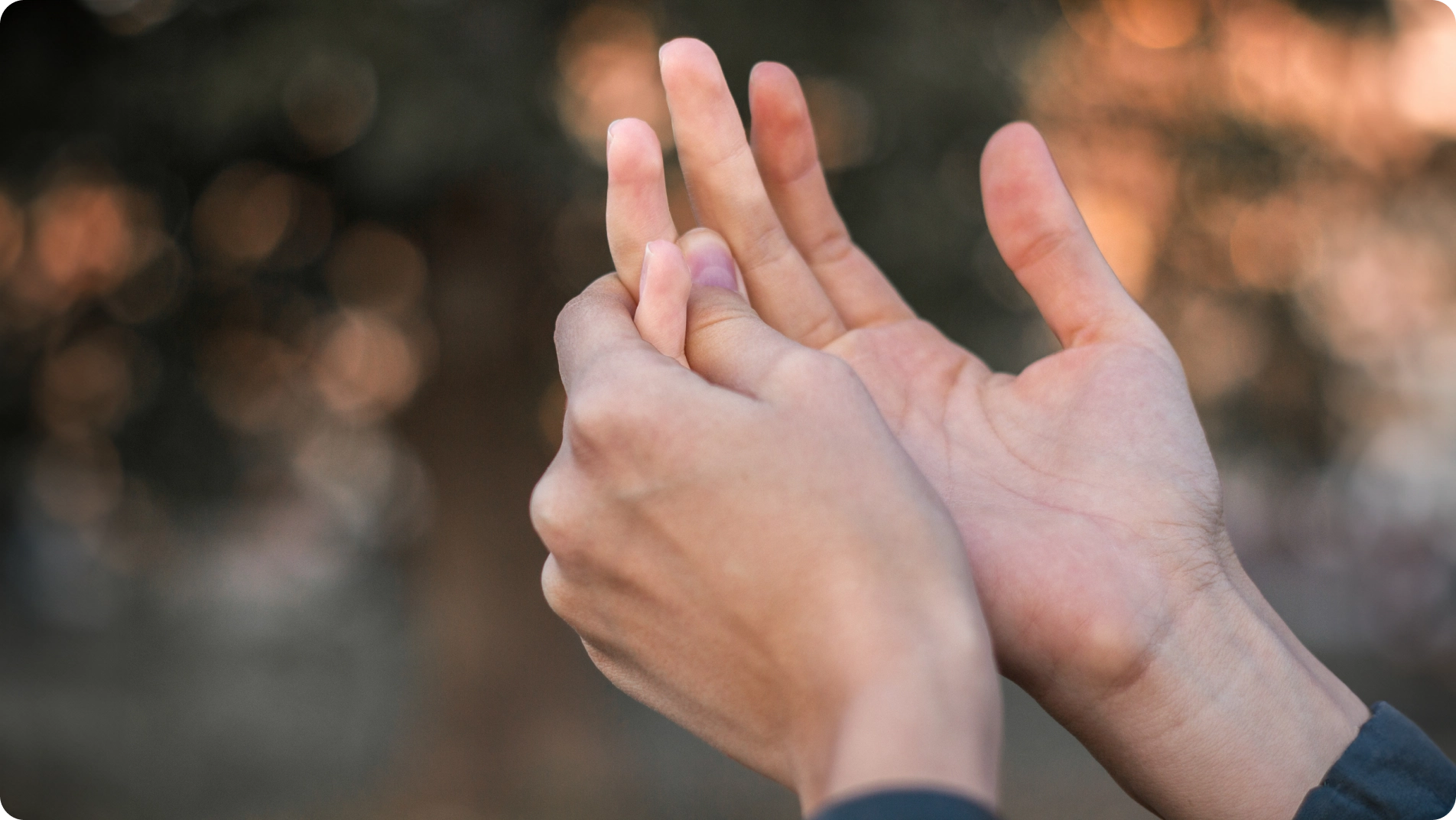
Raynaud’s. If you have it, you already know what we’re talking about. If not, you may be asking yourself, “Ray what?” Whether you think you just had your first Raynaud’s attack or you are simply tired of suffering from them and want to know what to do to avoid them from happening again, this is the article for you.
In this post:
- What is Raynaud’s?
- How to know if you have Raynaud’s
- What triggers Raynaud’s
- Raynaud’s Dos & Don’ts
- Pharmacy medication to help manage Raynaud’s symptoms
- Main takeaways
What is Raynaud’s?
Raynaud’s or Raynaud’s phenomenon is a circulatory condition characterised by episodes (vasospasms) or attacks of reduced blood flow to the fingers and toes. It’s typically triggered by cold temperatures or emotional stress.
The name Raynaud’s comes from the French doctor Maurice Raynaud, who first described the condition in the mid-1800s and it’s why this conditions is pronounced ‘Ray-noze’. (Although plenty of people call it ‘Ray-nods’.)
How do I know if I have Raynaud’s?
Raynaud’s can have various symptoms, but the tell-tale symptom you should look out for and can’t miss, is usually one to three white toes or fingers that feel numb and cold. You can learn more about Raynaud’s symptoms on our Raynaud’s condition page. It can come on quite suddenly, unlike frostbite that can occur after longer exposure to cold.
What triggers a Raynaud’s attack?
Raynaud’s attacks can come on quickly and while scientists still don’t fully understand what causes Raynaud’s itself, they are clear on what triggers the blood vessels in the skin to narrow. They are:
Cold temperatures
The main trigger of a Raynaud’s attack is exposure to cold air or cold water, especially if that change in temperature occurs rapidly. Cold is such a common trigger for Raynaud’s that many people think numb white toes and fingers is a typical response to extreme cold. Please be aware that it is not.
To avoid this trigger, one of the best things you can do is as simple as keeping your hands and feet warm in cold weather by wearing insulated gloves and socks, using hand warmers, and avoiding prolonged exposure to cold environments. You may even want to wear gloves indoors—just cut the tips off of an old pair of gloves to make it easier to type, or to use your phone, or cook, etc.
Emotional stress
Not everyone realises the role stress plays in Raynaud’s but stress releases hormones that can constrict blood vessels and can trigger a Raynaud’s attack.
To avoid this trigger, practice deep breathing, meditation, and progressive muscle relaxation and try to avoid stressful situation. You should also try to stay active. Physical activity has many heart benefits. It strengthens your heart and improves circulation, promoting blood flow to the extremities. Engaging in physical activity is also known to reduce stress levels and promote relaxation.
Smoking
Nicotine, a vasoconstrictor found in cigarettes. That means it constricts blood vessels and reduces blood flow to your extremities.
To avoid this trigger, quitting smoking is essential.
Vibrations
Exposure to vibrating tools or machinery can trigger episodes of Raynaud’s by causing blood vessels to restrict.
To avoid this trigger, people who work with vibrating tools should take breaks to rest their hands.
Certain medications
Medications that constrict blood vessels, examples such as certain decongestants and beta-blockers can trigger symptoms of Raynaud’s.
To avoid this trigger talk to a medical professional to see if it makes sense to adjust medication you are taking.
Other medical conditions
Underlying medical conditions such as autoimmune diseases, vascular diseases, and connective tissue disorders can trigger a Raynaud’s attack.
To avoid this trigger, talk to a medical professional to see if it makes sense to adjust your medical treatment.
Raynaud’s Dos & Don’ts
| Do | Don’t |
|---|---|
| Bundle up when you go outdoors, keep your toes and fingers warm | Don’t expose yourself to cold temperatures |
| Wear gloves indoors if you need to | Don’t expose your fingers and toes to rapid changes in temperature (this includes avoiding applying hot water to warm up a toe or finger) |
| Get exercise | Don’t smoke |
| Take frequent breaks if you use vibrating equipment | Don’t put yourself into stressful situations |
| Practice mindfulness and other stress-relief techniques | Don’t stop taking your regular medications, even if you think they might be triggering Raynaud’s, without talking to your GP or pharmacist first |
Medication to help manage Raynaud’s symptoms
OTC Medications for Raynaud’s primarily focus on the symptoms rather than treating the underlying condition. If you have Raynaud’s, work closely with your healthcare provider to develop a comprehensive treatment plan. Here are the main over-the-counter (OTC) products available in the UK:
- Vasoconstrictor creams or gels such as Deep Heat Rub for relief from numbness and tingling
- Hand and foot warming products such as hand warmers and foot warmers
- Pain relievers such as Nurofen or Paracetamol
- Vitamin supplements such as those containing Vitamin B3 (niacin) and B12
- Stress-relief products such as lavender oil or Chamomile tea
- Blood circulation supplements such as Gingko Biloba, and Ginger Root Extract

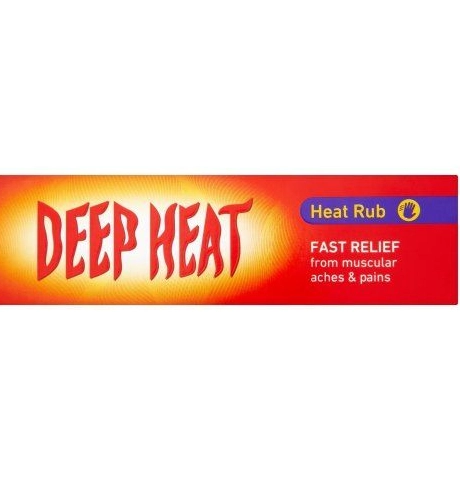
Deep Heat Rub – 67g
Deep Heat Rub is a topical pain relief cream that contains the active ingredients menthol and methyl salicylate. This powerful combination provides soothing warmth and temporary relief from muscular aches, strains, and joint pain. The cream is easily absorbed into the skin, delivering targeted relief to the affected area. Ideal for individuals who require pain relief for muscles but prefer not to ingest tablets.
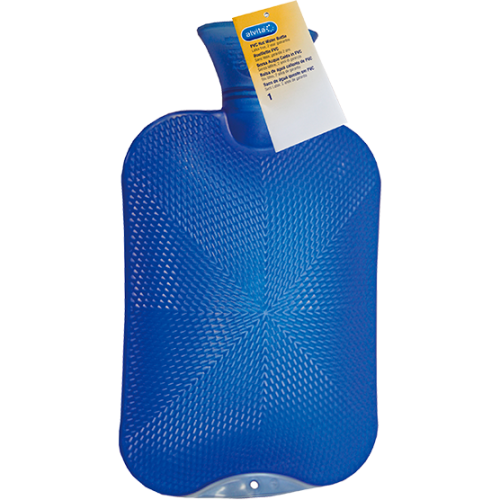
Alvita Hot Water Bottle – Blue
Alvita Hot Water Bottle is designed to provide soothing heat therapy and relief for various conditions, such as muscle aches, cramps, and general discomfort. It features a durable and leak-proof construction, allowing you to enjoy its warmth for extended periods.
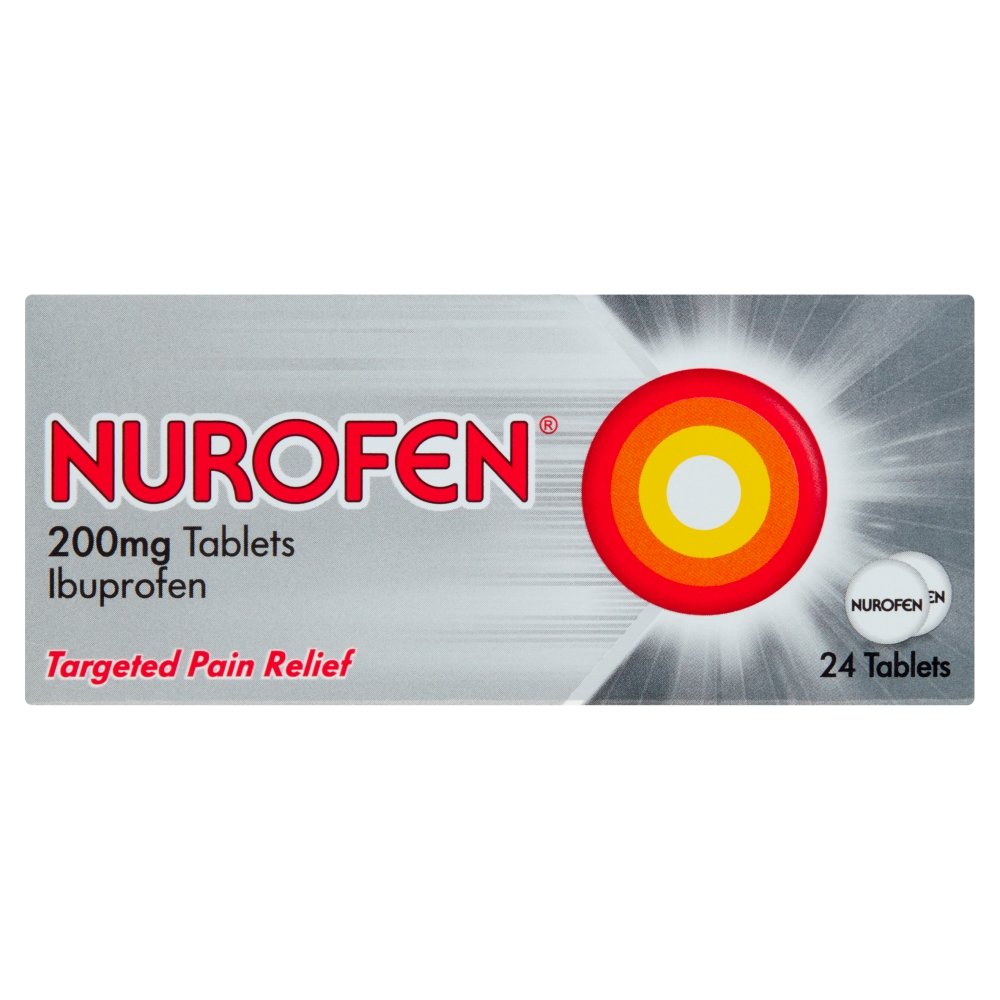
Nurofen 200mg – 24 Tablets
Nurofen 200mg Tablets contain the active ingredient ibuprofen to provide relief from aches and pains such as headache and migraine, dental pain, neuralgia, period pain, rheumatic, muscular and back pain, feverishness, the symptoms of cold, flu and the pain of non-serious arthritis.
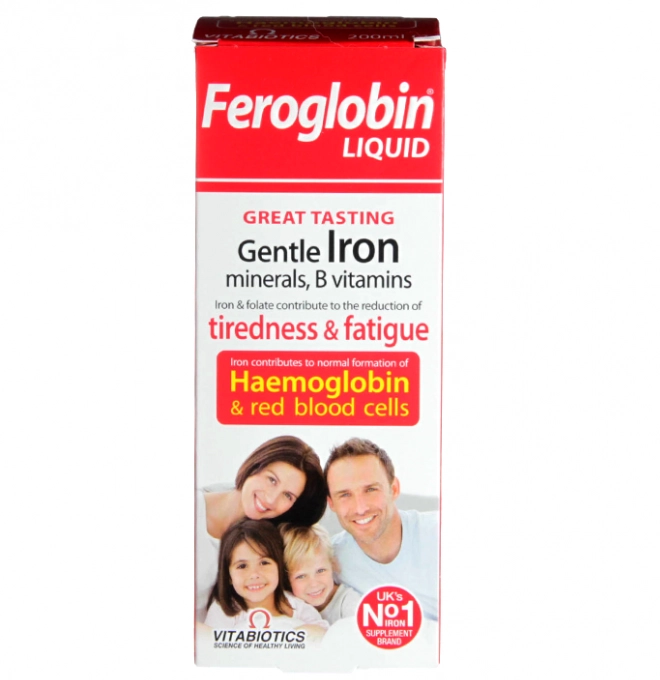
Vitabiotics Feroglobin Liquid – 200ml
Vitabiotics Feroglobin Liquid is a dietary supplement formulated to reduce fatigue and tiredness. It contains the active ingredients iron ammonium citrate complex, vitamin C, vitamin B12, and a blend of B vitamins. It also provides other essential nutrients to support healthy red blood cells and haemoglobin formation. This supplement is designed to provide comprehensive nutritional support, especially for individuals with low iron levels or increased iron requirements.
Main takeaways
- Raynaud’s phenomenon can be triggered by various factors, including cold temperatures, emotional stress, smoking, vibrations, certain medications, and underlying medical condition.
- Underlying medical conditions such as autoimmune diseases, vascular diseases, and connective tissue disorders can trigger a Raynaud’s attack.
- To avoid triggers, avoid cold temperatures, keep the body warm, reduce stress, quit smoking, and manage underlying medical conditions
References
Nawas, I. et al. (2022). Raynaud’s Phenomenon: Reviewing the Pathophysiology and Management Strategies
Brown, K. M. et al. (2001). The effects of stress, anxiety, and outdoor temperature on the frequency and severity of Raynaud’s attacks: the Raynaud’s Treatment Study
PLoS One (2017). Hand-arm vibration and the risk of vascular and neurological diseases—A systematic review and meta-analysis
PillSorted
PillSorted is a full service pharmacy that delivers trusted pharmacy products, over-the counter medications, and the prescriptions your doctor recommends, directly to your door. Your PillSorted pharmacist is happy to answer your questions about weight loss and potential treatment options at 0333 4050380 or help@pillsorted.com.
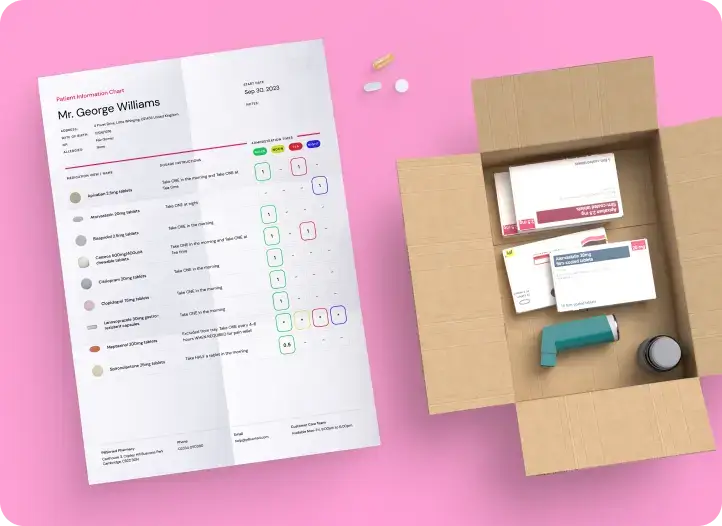
All third-party trademarks (including logos and icons) referenced by PillSorted remain the property of their respective owners. Unless specifically identified as such, PillSorted’s use of third party trademarks does not indicate or imply any relationship, sponsorship or endorsement between PillSorted and the owners of these trademarks.





